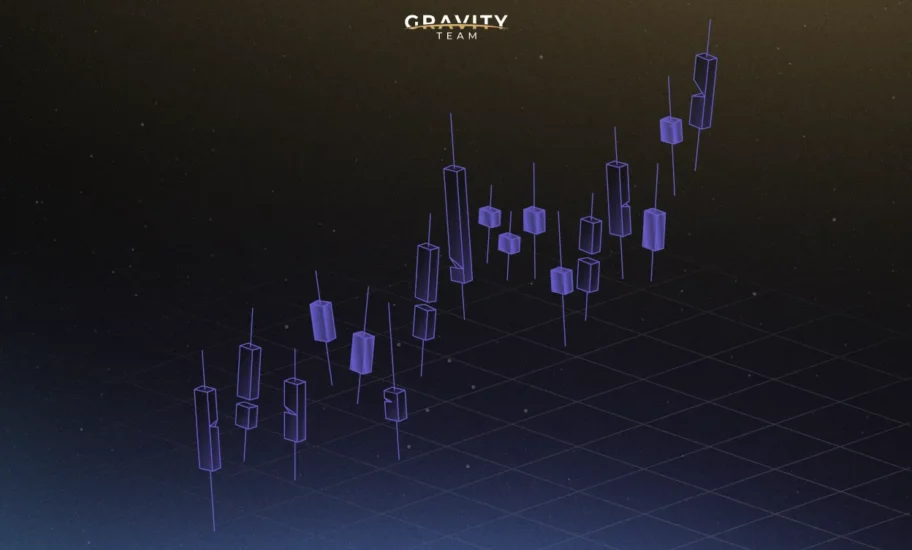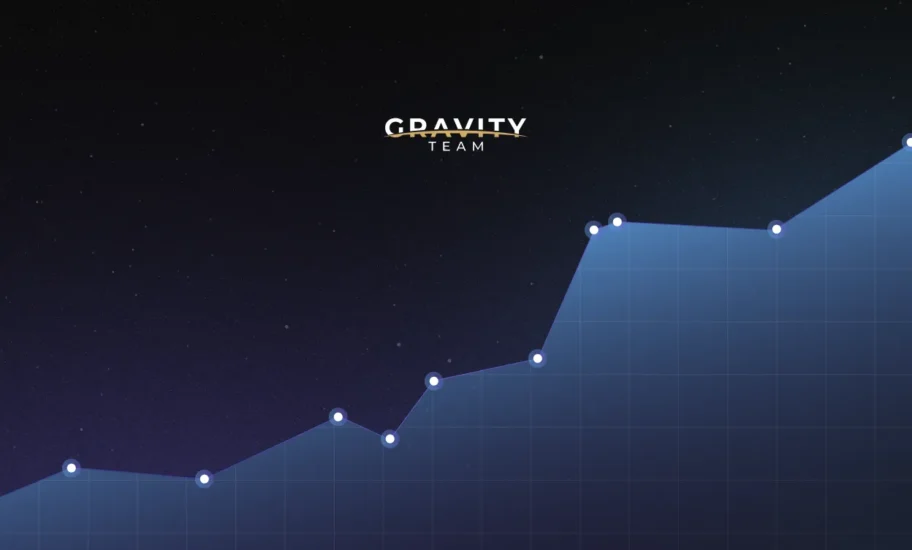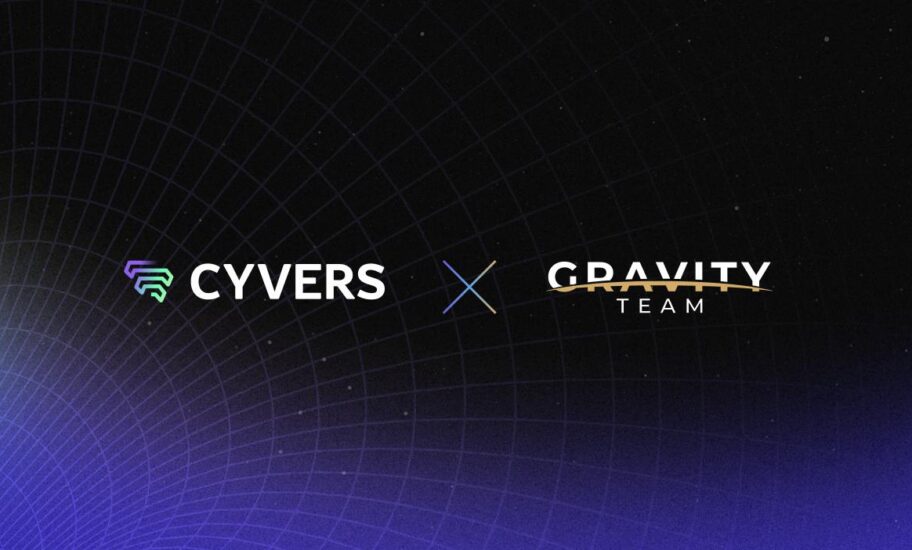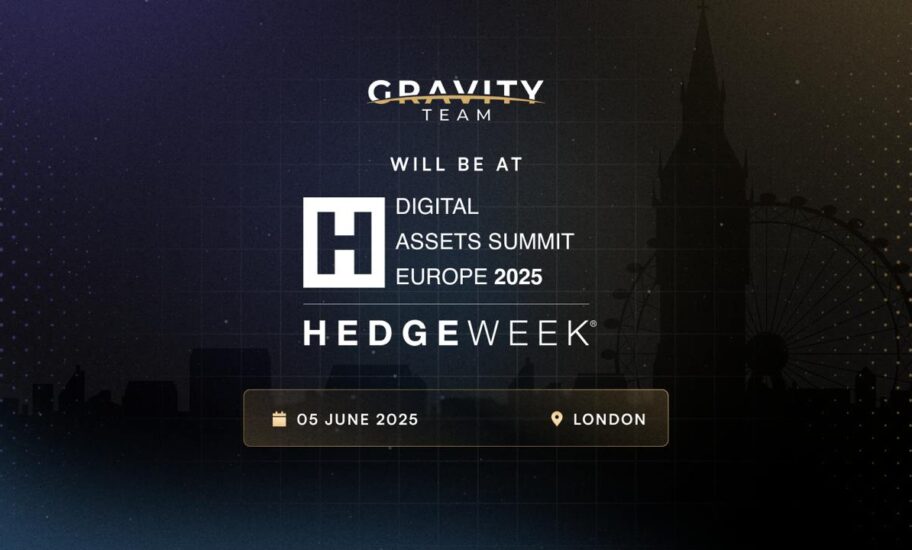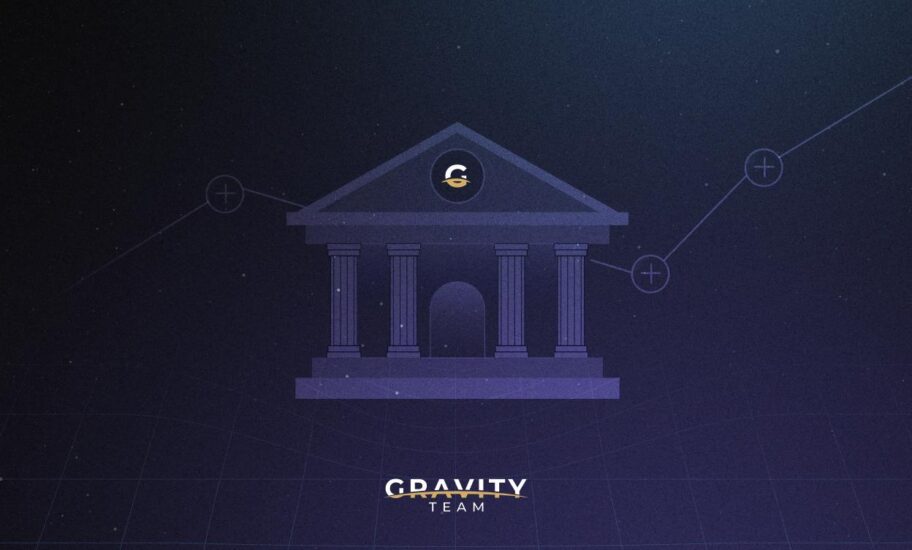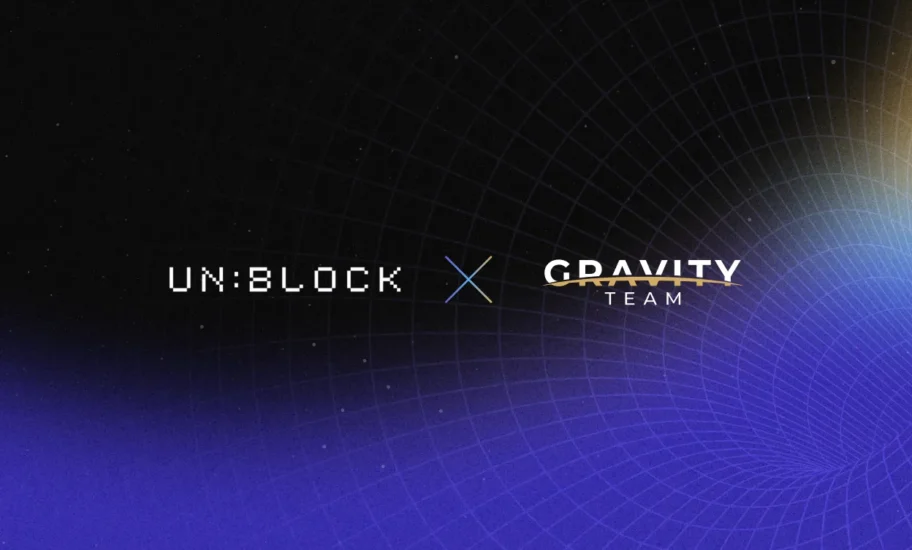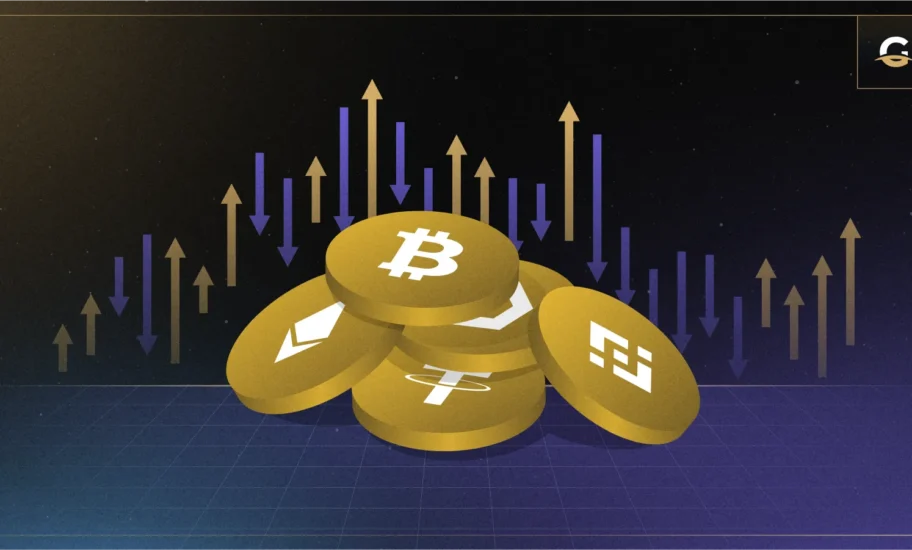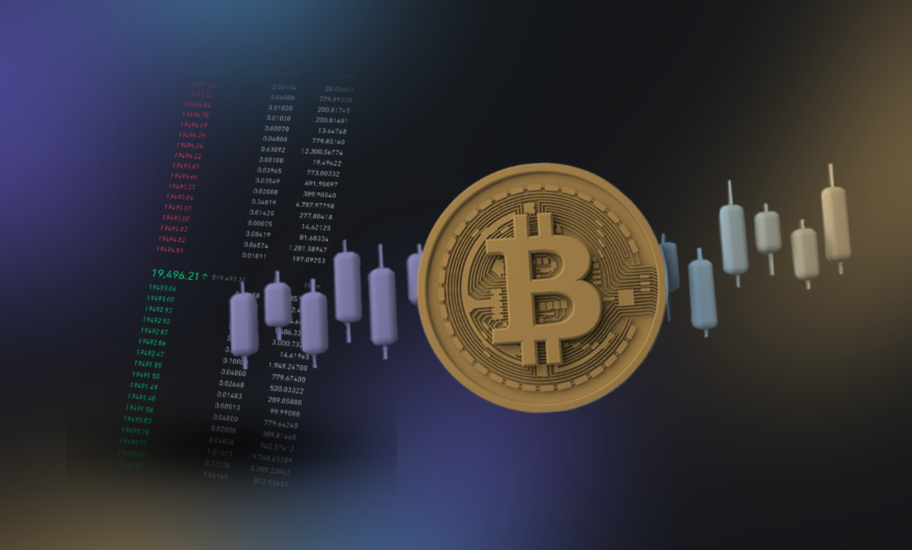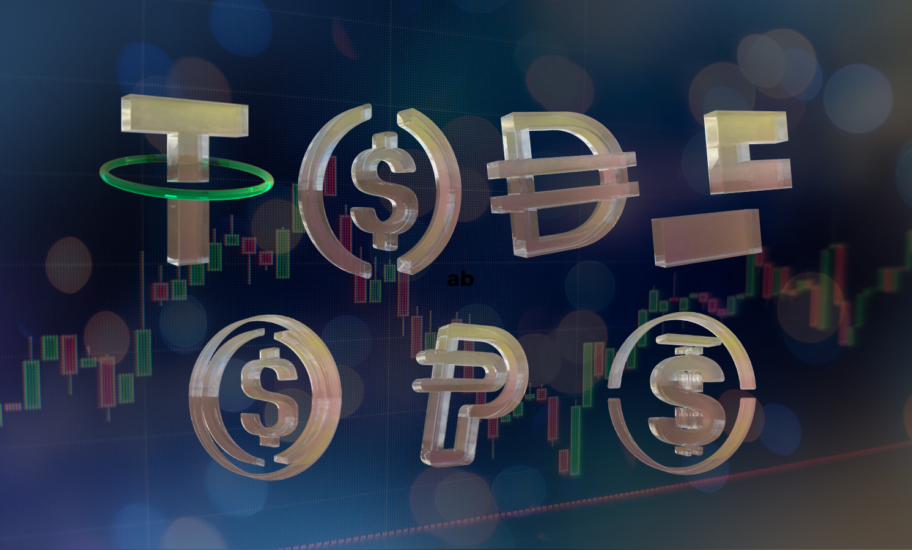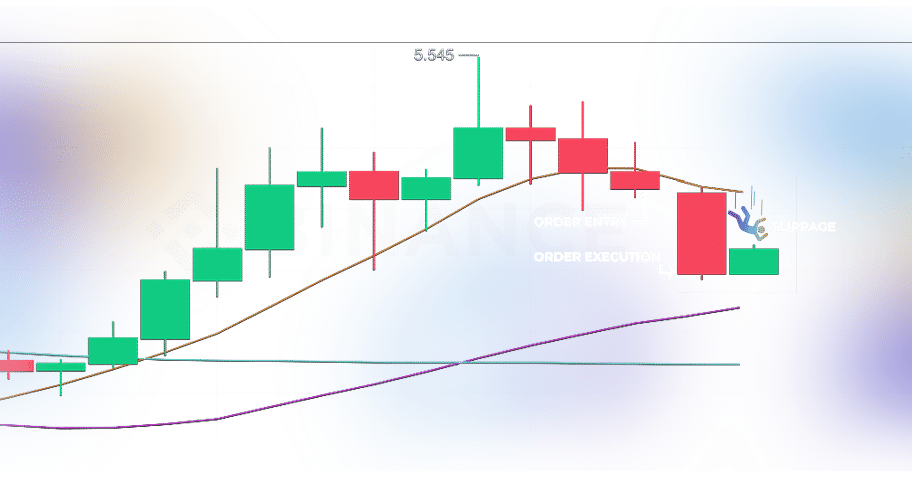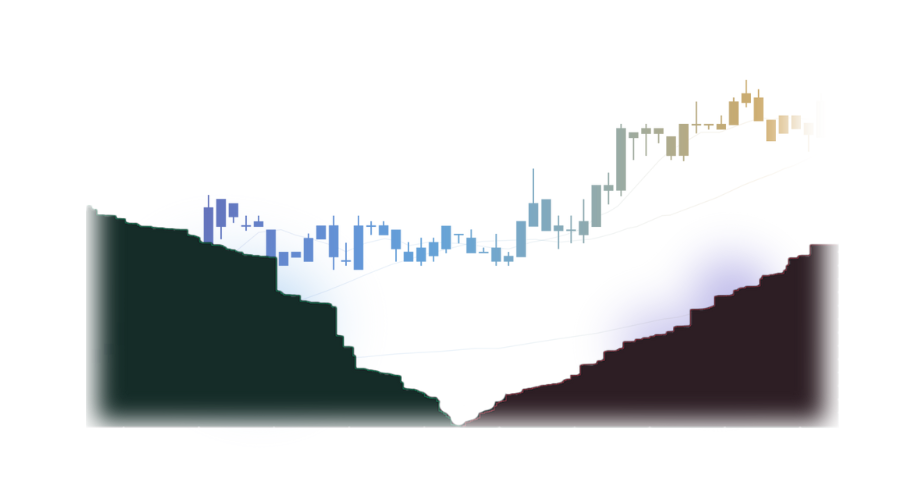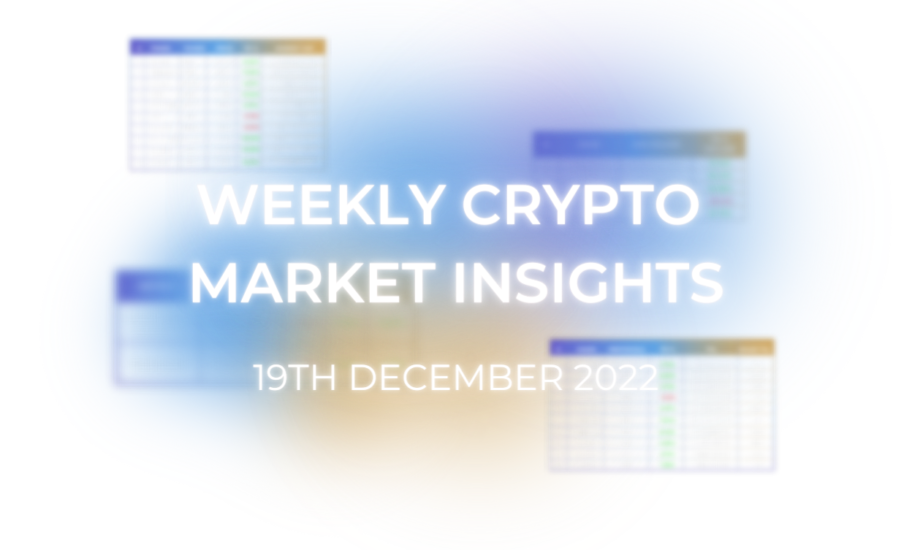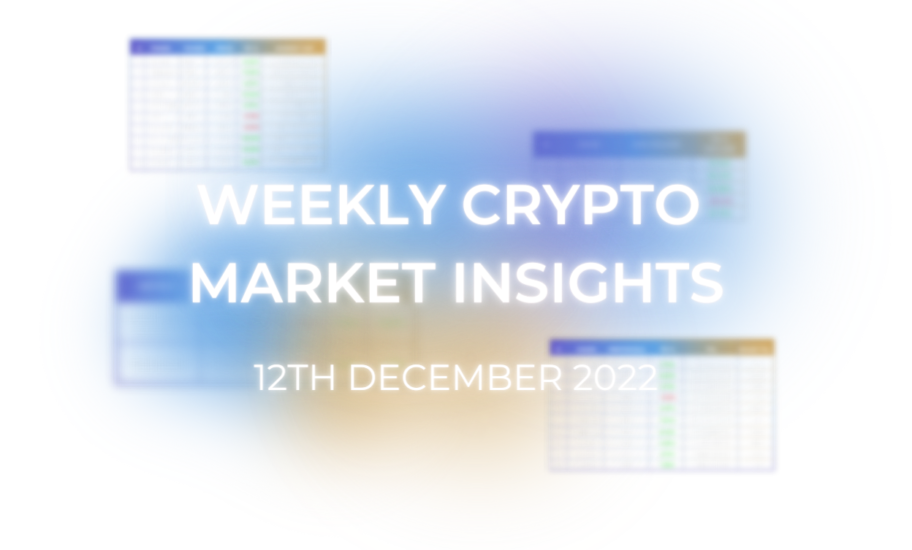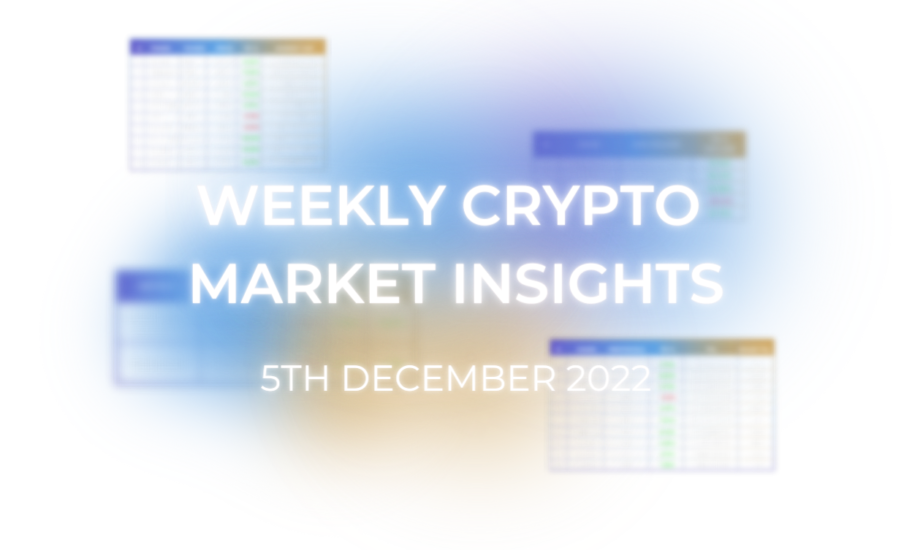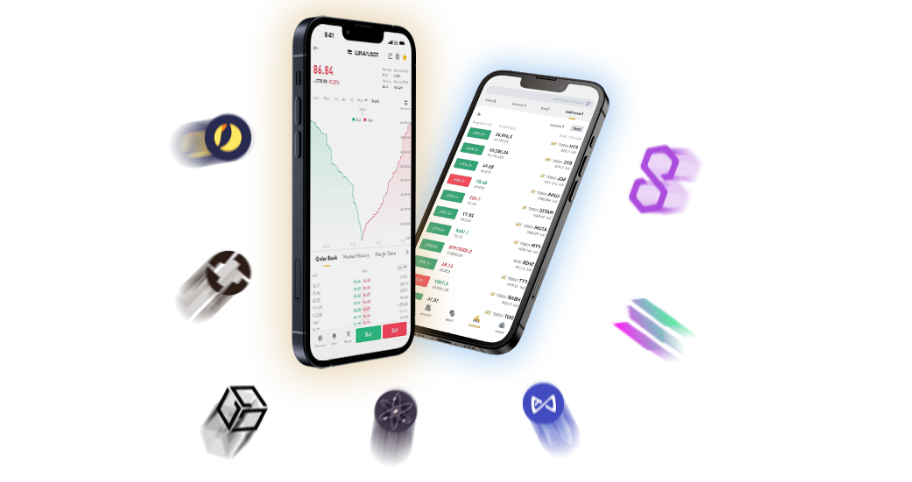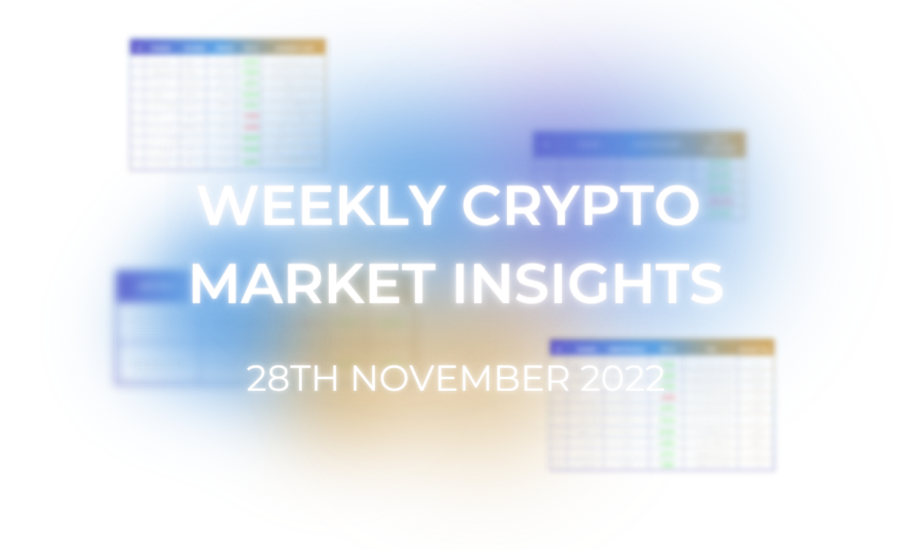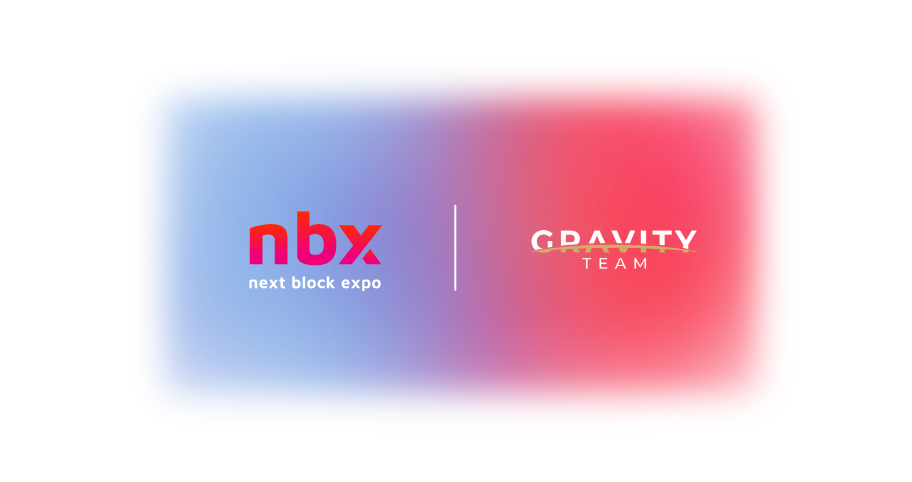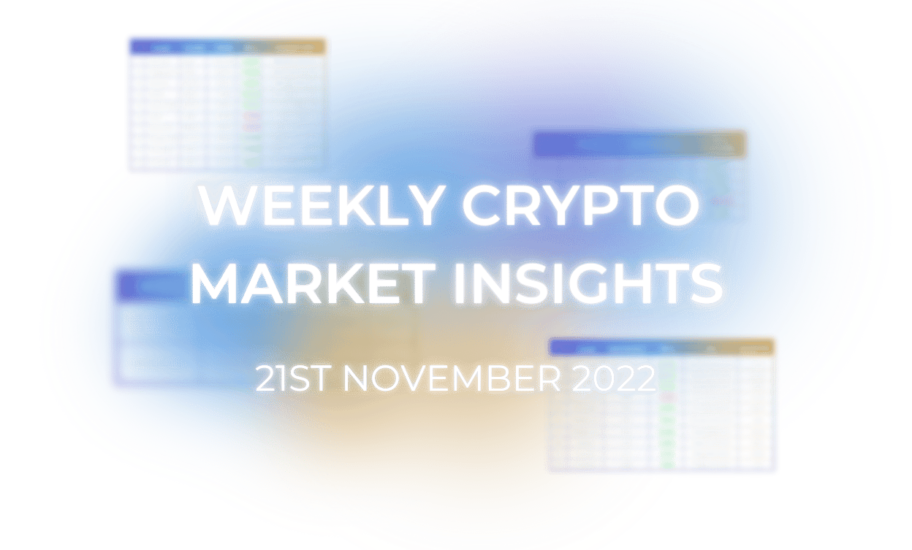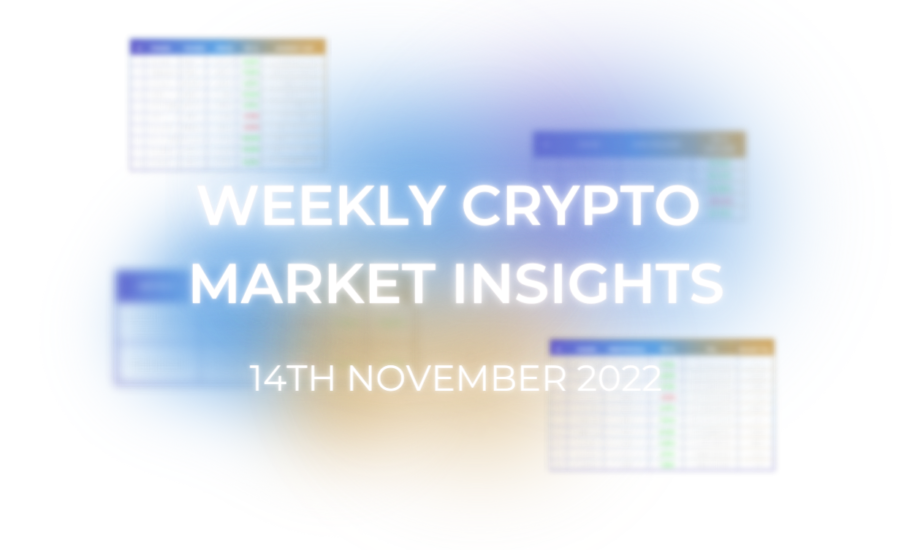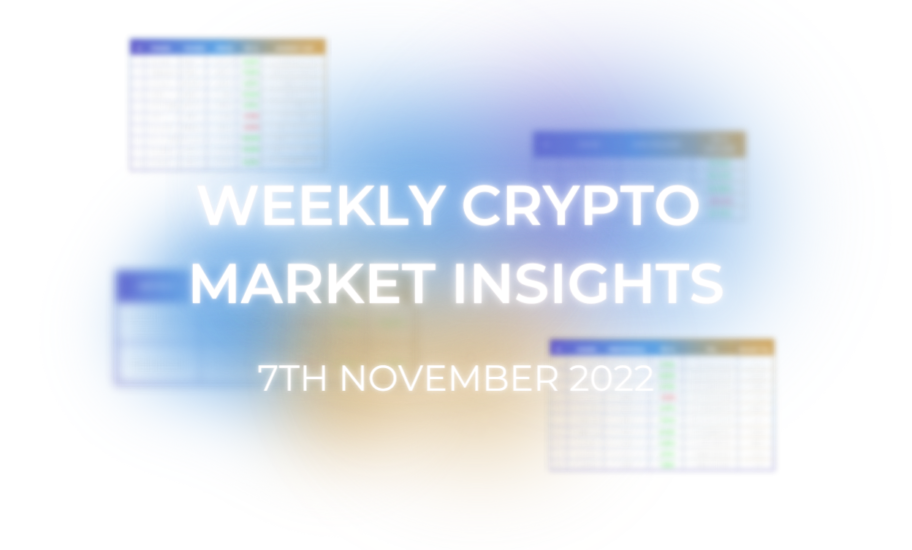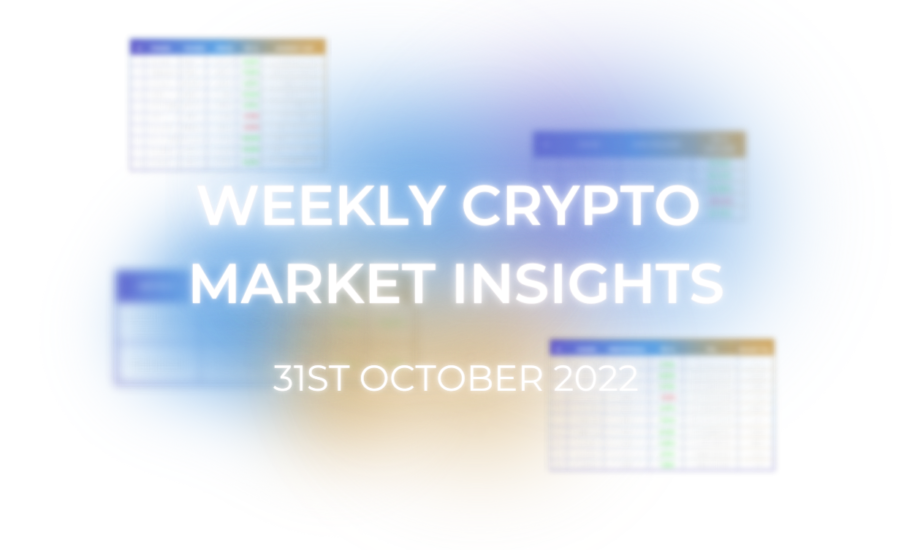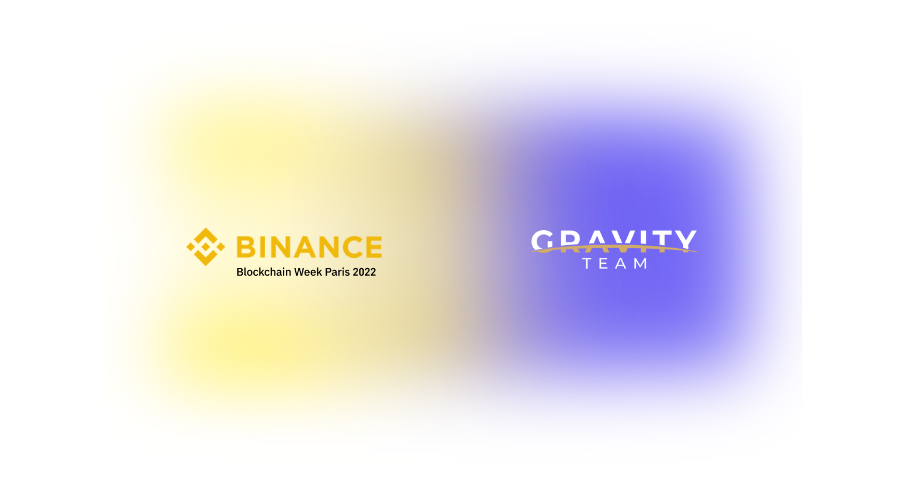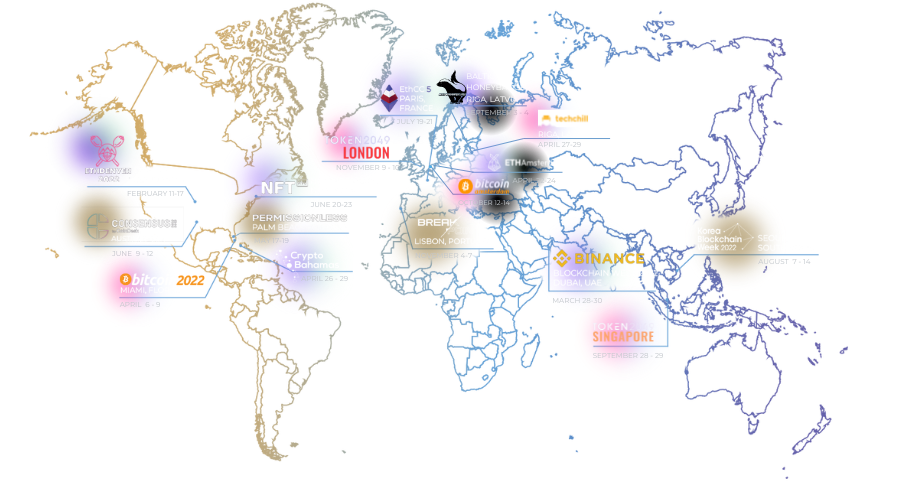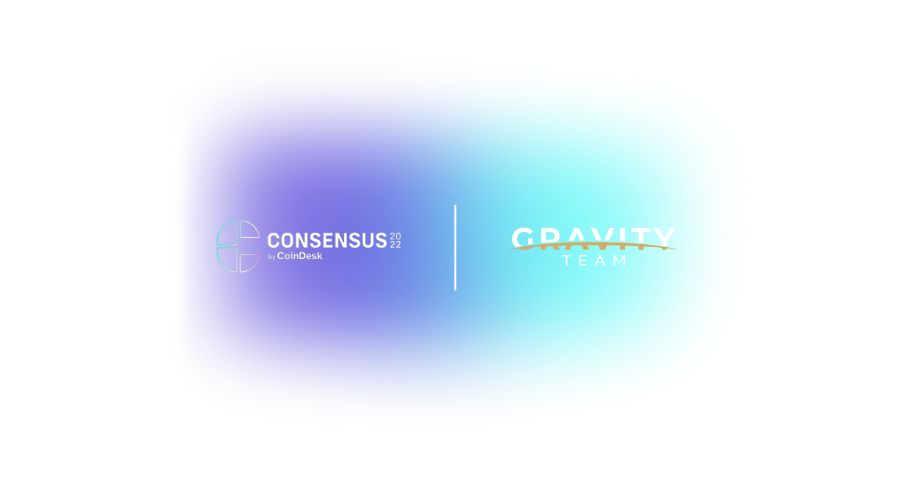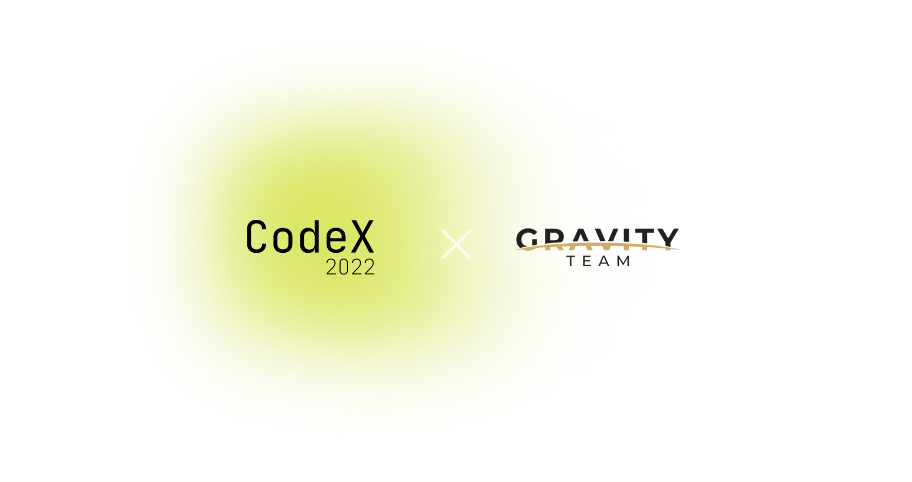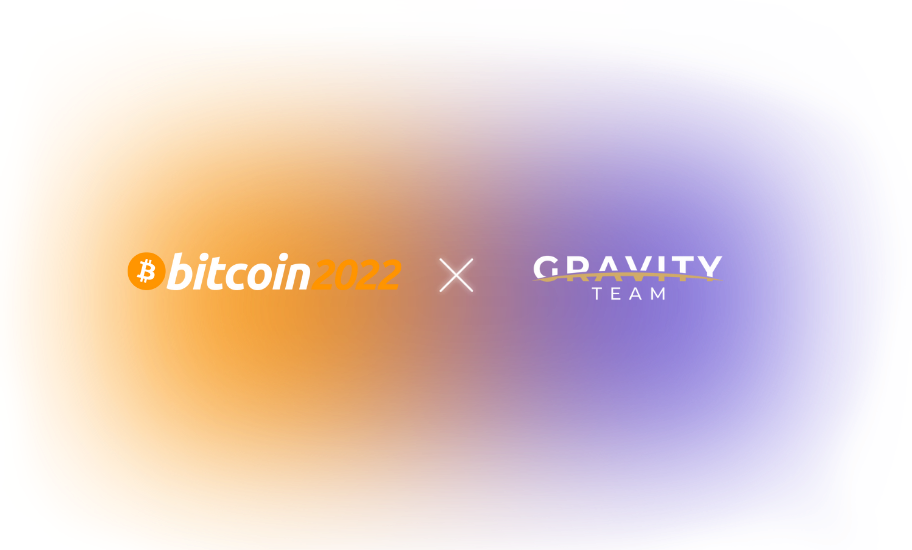
Crypto Market Making: Challenges and Opportunities in 2025
 7 minutes
7 minutes

The crypto market making landscape in 2025 is more dynamic and complex than ever. Industry insiders, institutional clients and crypto founders are witnessing an evolving market structure that brings both significant challenges and new opportunities. Market makers (MMs) and the trading firms providing continuous buy/sell quotes to ensure liquidity have become pivotal in stabilising crypto markets, especially as institutional participation grows.
Current State and Key Trends in Crypto Market Making (2025)
Crypto market making has matured markedly by 2025. After the turbulence of 2022–2023, the industry has consolidated around a core of resilient players and renewed institutional interest. Major institutional market makers are now heavily influencing liquidity across crypto markets, evident in surging trading volumes and tighter spreads. For example, rising institutional flows into new crypto ETFs have been met by firms stepping in to provide liquidity, resulting in more stable prices and lower volatility. Many long-standing trading firms are expanding or resuming crypto operations. These developments underscore a trend of increased professionalism and institutionalisation in liquidity provision. The presence of well-capitalised, tech-savvy market makers has tightened bid-ask spreads and enhanced order book depth in major trading pairs, making the crypto market more efficient than in past cycles. Another key trend is the proliferation of crypto exchange-traded products – from Bitcoin ETFs to tokenised securities, which rely on active market makers to maintain liquid trading. The result is a more interconnected market where traditional finance techniques are blending with crypto-nativity, setting the stage for a new phase of growth.
Regulatory Shifts Impacting Market Makers
Regulation has become a double-edged sword for crypto market makers in 2025, bringing both constraints and clarity. Major jurisdictions are enacting or enforcing rules that directly affect how market makers operate. In the EU, the landmark Markets in Crypto-Assets regulation (MiCA) took effect at the end of 2024, extending bank-like regulatory requirements to crypto service providers. MiCA mandates that firms engaging in crypto trading or liquidity provision obtain licenses, maintain risk management systems, and hold minimum capital, a framework that the industry welcomed for providing much-needed legal certainty. European regulators aim to curb market abuse and improve transparency, meaning MMs in the EU must implement stricter compliance (similar to MiFID II provisions in traditional markets) or risk losing their licenses.
In the United States, the regulatory stance is evolving from an enforcement-first approach to a more constructive one, albeit amid some ambiguity. After a spate of “regulation-by-enforcement” actions in 2023, the 2025 U.S administration signaled a friendlier tone toward crypto. An early executive order from President Trump pledged to “support the responsible growth and use of digital assets, blockchain technology, and related technologies across all sectors of the economy”, giving institutional investors hope for clearer guidelines. Even so, U.S agencies continue to crack down on fraudulent or manipulative market making practices.
In Asia, jurisdictions like Hong Kong and Singapore are rolling out licensing regimes for crypto trading platforms that indirectly affect market makers by imposing standards on liquidity and risk controls. Similarly, the UAE (Dubai’s VARA) has emerged with a clear rulebook, attracting compliant firms. Overall, the regulatory trend in 2025 is toward greater oversight of market integrity.
Rise of Automation and AI-Driven Execution Strategies
Crypto market making has always been algorithmic, but in 2025, it’s decidedly AI-driven. Market makers are leveraging advances in artificial intelligence and machine learning to sharpen their execution strategies in ways that human traders (or even basic algos) cannot match. The scale of automation is remarkable. By some estimates, bots execute over 70% of all crypto trades now, and algorithmic trading volumes have ballooned into the tens of trillions of dollars annually. These aren’t static bots following simple if/then scripts; they’re increasingly powered by AI models that learn and adapt. Machine learning algorithms analyse vast streams of market data in real-time, detecting patterns or anomalies to predict short-term price moves and optimal quoting strategies. For example, AI-driven systems can forecast liquidity gaps or impending order book imbalances and adjust their quotes preemptively, thereby reducing slippage and improving fill rates.
Cutting-edge firms are also deploying reinforcement learning (RL in AI), where trading agents iteratively learn the best responses to market conditions through trial and error. This means a market making AI can dynamically adjust its strategy, widening spreads during turbulent moments or concentrating liquidity where it’s most needed, based on “experience” gained from millions of simulations and live trades. In one study, an RL-based crypto trading bot achieved fewer drawdowns and a higher win-rate than traditional algorithms by intelligently deciding when to be more aggressive or when to pull back entirely during unfavourable conditions. The use of AI gives market makers a new edge: strategies can evolve on the fly as markets shift, and execution speeds are blisteringly fast (top firms boast sub-10 millisecond reaction times to market events). These AI-powered market makers help keep the 24/7 crypto markets liquid even in high volatility, as they can process news, on-chain data, and global order books in milliseconds and respond with optimised orders. The flip side is that the barrier to entry for market making is rising – firms need significant technological investment and expertise in AI/ML to remain competitive. Moreover, there’s ongoing debate about the risks of AI in trading (such as unpredictable behaviour or herd-like algorithmic strategies), but so far in 2025, smarter automation has largely meant more efficient and tighter markets.
The CEX Landscape: Competition, Latency, and Liquidity Fragmentation
While decentralised finance (DeFi) captures headlines, centralised exchanges (CEXs) remain the primary arena for professional market makers in 2025. The CEX landscape is characterised by intense competition, a technological arms race for low-latency execution, and the persistent challenge of liquidity fragmentation across venues. Dozens of crypto exchanges around the world vie for trading volumes, and unlike traditional equities (where a few exchanges dominate), crypto’s global nature means liquidity is spread out. About 90% of crypto trading volume in April 2025 was split among roughly 40 exchanges worldwide. Each exchange runs its order books, so a token might be traded across many isolated pools of liquidity. For market makers, this fragmentation is a major hurdle. They often must connect to many platforms simultaneously to provide unified liquidity, arbitrage price differences, and serve clients wherever they trade. There is a trade-off between having multiple avenues for market participation and the dilution of order flow across those venues.
Competition among exchanges has thus shifted toward attracting market makers and institutional flow by offering superior performance and incentives. Leading CEXs differentiate themselves with high-throughput matching engines and co-location services, knowing that latency can decide who wins trades. Crypto market makers engaged in high-frequency strategies seek end-to-end execution times measured in microseconds. They demand robust APIs (e.g. FIX protocol) and connectivity that yields execution latencies under 10 milliseconds, a level approaching that of traditional stock exchanges. In response, exchanges are investing heavily in infrastructure upgrades, such as cloud-based data centres and smarter order routing, to minimise downtime and lags. For market makers, latency is not just about speed for its own sake; it’s crucial for strategies like arbitrage (capturing tiny price discrepancies across exchanges) and for avoiding being “last in line” during fast order book movements. The firms with the fastest systems can update their quotes or execute against stale prices before others do, yielding a competitive edge.
With so many CEX venues, liquidity fragmentation remains a core challenge. A coin might have moderate depth on each of five exchanges rather than deep liquidity on one, meaning large orders are harder to fill without moving the price. Market makers are mitigating this by deploying smart order routing and parallel market making systems. Some act as quasi-aggregators, linking liquidity pools by swiftly arbitraging between them, which in effect tightens spreads globally. Nonetheless, fragmentation introduces inefficiency: traders may still see different prices across platforms, and market makers must hold inventory on multiple exchanges to do their job, tying up more capital. This has led to a push for consolidation (or at least inter-exchange connectivity), but 2025 has not yet seen a unifying solution. Instead, the CEX environment is marked by Darwinian competition; only exchanges with enough unique liquidity or regional monopoly survive, and only market makers with the resources to operate on a global, multi-exchange scale can provide top-tier liquidity. The opportunity here is that as weaker venues fade, liquidity may concentrate more on the leading exchanges, easing fragmentation over time. In the meantime, both exchanges and market makers are forging partnerships: many exchanges offer maker incentive programs, fee rebates or even pay market makers for liquidity provision, while MMs in turn commit to tighter spreads and presence. This symbiotic yet competitive landscape defines the CEX-centric market making arena in 2025.
Capital Efficiency Concerns: Inventory, Fees and Credit Lines
Despite technological strides, crypto market making still grapples with capital efficiency issues that echo the market’s youth. Traditional financial markets benefit from established prime brokerage and credit systems that crypto largely lacks. In 2025, a typical market maker must post collateral (in crypto or fiat) separately on each exchange they trade on. This means a firm’s capital is often locked in fragmented silos across exchanges, leading to a lot of idle funds. As one analysis noted, crypto trading remains capital-inefficient due to fragmentation and lack of industry-wide credit, forcing firms to fully pre-fund most of their activity. Unlike equities, where a prime broker might allow a trader to leverage a single pool of capital for multiple markets, crypto MMs cannot easily use assets on Exchange A to cover positions on Exchange B. High margin requirements and the inability to reuse collateral across platforms require market makers to maintain large inventories of each asset on each venue, a costly endeavour when dozens of venues are in play. This situation is further exacerbated during volatile periods, when exchanges may demand higher margin buffers, and on-chain transaction congestion slows down capital movement between wallets.
To manage inventory risk and capital costs, market makers employ a few tactics. They carefully balance their portfolios across exchanges, often using stablecoins as a common denominator for liquidity. Stablecoins (like USDT or USDC) allow quick transfers and serve as a base trading currency, reducing the need to move actual USD or other fiat. MMs also actively hedge their inventory (e.g. using futures or options) to mitigate the risk of holding large amounts of a cryptocurrency that could swing in value. Fee structures on exchanges play a significant role in capital efficiency as well.
Most exchanges operate on a maker-taker fee model, where market makers (liquidity providers) pay lower fees or even receive rebates, while takers pay a fee. Market makers negotiate VIP fee tiers or volume-based rebates to ensure that the cost of providing liquidity is minimised. For instance, top-tier providers might secure tiny maker fees or slight rebates, which, over millions of trades, can significantly offset costs. This incentivises high volume and tight spreads, but it also means MMs concentrate activity on venues where they get the best terms, potentially fragmenting their strategy if not managed holistically.
Another concern is the limited availability of credit lines and lending for crypto trading. In traditional markets, market makers often rely on credit from prime brokers to finance inventory or short positions. In crypto, such facilities are nascent. After some lending market setbacks in 2022–2023, the remaining lenders (and a few new entrants) are cautious. That said, we are seeing the early development of crypto prime brokerage services aiming to improve capital efficiency. Some large exchanges with strong balance sheets have begun extending credit to trusted market makers or institutional clients (for example, allowing them to trade on margin without full pre-funding, within limits). Dedicated crypto prime brokers and custodians are also stepping in to let firms cross-margin across venues by intermediating custody and credit, an approach that can shorten the trading lifecycle and free up capital. By 2025, these solutions are still limited in scope, but they point toward a more capital-efficient future. For now, managing capital is a key challenge: market makers must optimise where to deploy funds, how to rotate capital efficiently, and ensure they have sufficient credit or reserves to weather big market moves. The firms that excel at capital efficiency, by securing favourable fee deals, utilising any available credit lines and smartly allocating inventory, gain a notable competitive advantage in this tight-margin business.
Macroeconomic Overlay: USD Depreciation’s Impact on Crypto Trading
Crypto does not exist in a vacuum; macroeconomic trends, especially those involving the U.S dollar, play a significant role in trading dynamics. In 2025, one such factor is the depreciation of the USD and its ripple effect on crypto markets. The U.S dollar began losing ground against other major currencies and assets, partly due to inflationary pressures and aggressive trade policies. This has had a twofold impact on crypto. First, a weakening dollar has enhanced the appeal of Bitcoin and other cryptocurrencies as alternative stores of value and hedges. Analysts point out that if the dollar’s value erodes, investors often flock to assets with limited supply or safe-haven status, with Bitcoin being a prime example. Financial commentators note that a significant potential for USD depreciation could lead to Bitcoin appreciation as people seek refuge in non-sovereign assets. We saw this dynamic in play mid-2025: when reports circulated about the USD being overvalued and likely to drop, Bitcoin’s price and trading volumes spiked notably as traders anticipated a rotation into crypto.
Second, wealthy and institutional investors are proactively rebalancing away from dollar-denominated holdings, which includes increasing crypto allocations. A UBS survey of high-net-worth clients in 2025 found that many were abandoning some USD assets (like U.S. bonds or cash) in favour of gold, crypto, and even Chinese yuan-denominated investments. This trend is driven by concerns that U.S trade tensions and debt levels could further hurt the dollar’s value. Thus, crypto trading desks have seen more inflows from asset managers treating Bitcoin and Ethereum as part of an inflation hedge or currency diversification strategy. In practical terms, USD depreciation can boost global crypto liquidity, non-US investors find they have stronger purchasing power for dollar-priced bitcoins, and US-based investors shift dollars into crypto to preserve value, all contributing to buy-side demand. It’s no surprise that during periods when the dollar index slides, Bitcoin often rallies in response (e.g., Bitcoin surging past $100k in early 2025 coincided with a dip in the dollar and a pause in U.S.-China trade frictions). The macro overlay of a declining dollar also affects stablecoins: if confidence in USD falters, there could be moves into alternative stablecoins, but as of writing this blog post, the major USD-pegged stablecoins have held their peg and popularity.
For market makers, macro trends like USD weakness add another dimension to manage. Volatility can be triggered by foreign exchange moves or central bank policy shifts, requiring hedging across FX and crypto markets. Some sophisticated crypto MMs are now monitoring currency markets and even trading FX futures as part of their strategy to handle this interplay. In summary, USD depreciation in 2025 has generally been a tailwind for crypto demand, injecting the market with new capital seeking crypto exposure. But it also means market makers must be mindful of global economic news. The next inflation print or Fed statement can move crypto prices just as surely as a crypto-specific event. The convergence of macro and crypto is stronger than ever, reinforcing crypto’s emerging role in the broader financial landscape.
Conclusion: The Road Ahead for Market Makers
As we look beyond 2025, crypto market makers stand at a crossroads of challenge and opportunity. The current trajectory suggests that success will require a delicate balance: adapting to regulatory realities while leveraging cutting-edge technology to stay ahead. Market fragmentation may gradually ease if consolidation or inter-exchange connectivity improves, but market makers will still need to operate globally, ensuring liquidity wherever trading happens, including navigating any shift of volume between CEXs in the future.
Capital efficiency improvements are on the horizon (with prime brokerage and clearing solutions maturing), which could relieve one of the biggest drags on the business. And on the macro front, crypto market makers will increasingly act as the bridge between traditional finance and crypto as more big players enter the space seeking liquidity. All told, the opportunities for crypto market making in the coming years are immense: deeper integration with traditional markets, servicing a growing array of tokenised assets, and perhaps even participating in innovations like real-time settlement or cross-chain liquidity networks. The challenge will be to remain agile and well-capitalised through the inevitable market cycles. If 2025 has shown us anything, it’s that the crypto market making sector is becoming more resilient and sophisticated, turning past obstacles into stepping stones. By staying focused on technology, regulatory compliance, and sound financial management, market makers can continue to play the crucial role of crypto’s liquidity providers – profiting from the spreads, yes, but also underpinning the healthy functioning of the markets as crypto marches further into the financial mainstream.
Further Reading
- Atlantic Council – The 2025 crypto policy landscape: Looming EU and US divergences?
atlanticcouncil.org. - GCEX – Global Institutional Trading Trends: Key Priorities for H2 2025
gc.exchange. - Crypto.com Research – Wall Street On-Chain Part 3: Trading & Liquidity
crypto.com. - Crypto.News – UBS: Wealthy clients are shifting away from U.S. dollar-based assets and turning to gold and crypto
crypto.news. - Blockchain.News Flash – USD Depreciation Against CNY: Impact on Bitcoin Appreciation
blockchain.news.
Contact Us
We are always open to discussing new ideas. Do reach out if you are an exchange or a project looking for liquidity; an algorithmic trader or a software developer looking to improve the markets with us or just have a great idea you can’t wait to share with us!










